FX.co ★ Eight most important trade routes of antiquity
Eight most important trade routes of antiquity
Silk Road
Everyone knows that the Silk Road is the trade route, linking East Asia with the Mediterranean in antiquity and in the Middle Ages. The path was laid in the 2nd century BC, but its name was created by the German geographer Ferdinand von Richthofen only in 1877.
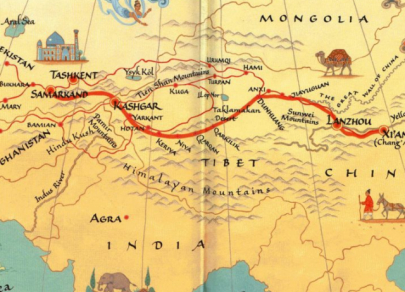
Silk Road
The great Chinese empire Tang transported to Europe not only silk and spices but also new technologies, therefore in the countries of the Old World, the fashion for the Asian dresses and products was formed.
As the Roman Empire crumbled and the Arab started their conquests the intensity of trade, economic and cultural ties between the peoples of the Near and Middle Asia, the Caucasus and China significantly reduced.

Spice Route
The spice route, one of the oldest trade routes on earth, started from the ports of the Arabian and Red Seas through Petra to the Mediterranean coast. Spices were brought here from India and the Spice Islands, precious wood and ivory - from East Africa, and silk and precious stones - from China.
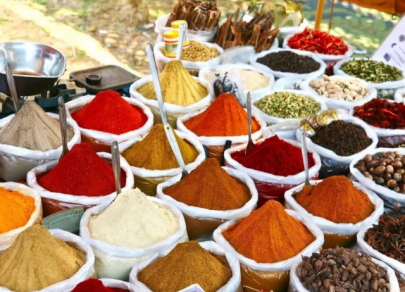
Spice Route
In ancient times, repeated attempts were made to dig a channel linking the Red Sea and the Mediterranean, so trade on this route was never interrupted. The Muslim dominance became a severe test for the Spice Route. It lasted quite a long time and eventually led to an era of great geographical discoveries.

Incense Route
In antiquity, the connection of the south of the Arabian Peninsula with the countries of the Mediterranean and Mesopotamia was carried out through the Incense Route. From the ancient kingdoms, located on the territory of modern Yemen and Oman, the peninsula of Somalia and the island of Socotra African spices and valuable incense were brought to the local population of the Mediterranean and Mesopotamia.
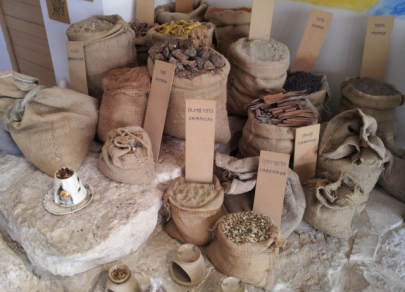
Incense Route
The Romans, who took control of the sea route to India at the beginning of our era, jeopardized the incense trading in the coastal areas of the Arabian Peninsula. The main shopping center was Shabwa, the capital and religious center of the state of Hadhramaut.
Over time, the incense trading fell into decay, the shine of the South Arabian cities faded, and mostly salt was transported along the old roads.

Amber Road
The Amber Road originally led from Jutland along the rivers Rhine and Oder, and then from Sambia (now the territory of the Kaliningrad region) along the Vistula and Danube rivers. This ancient trade route, about which the "father of history" Herodotus wrote, was used to transport Baltic amber (succinite) from the Baltic to the Mediterranean. Then, products made from amber would have been found in the tombs of Egyptian pharaohs.
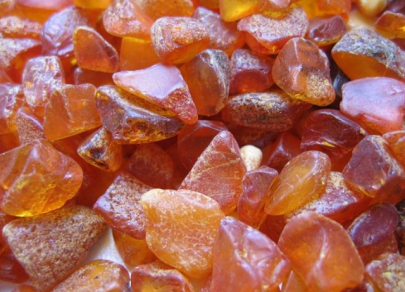
Amber Road
Raw stones that flowed along the Vistula route to the Apennine peninsula led to the development of amber processing techniques in the south of the Roman Empire (Aquileia), from where the amber goods then sailed further eastwards, to India, Central Asia, and even China.
Modern amber routes appeared at the end of the 20th century as part of the protection of Europe's cultural heritage and exactly repeat the ancient trade routes.
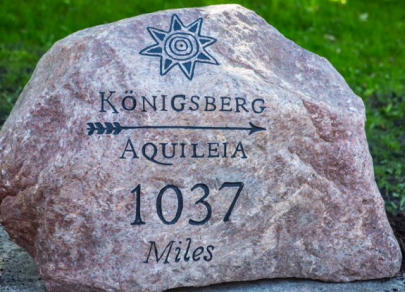
Tea Route
The ancient Tea Route ran in the southwest of China and connected Tibet with the inner regions of the country. Appearing during the Tang Dynasty the Tea Route reached its heyday during the Song Dynasty.
Along the high-mountain roads with the help of horse transport, 7-8 tons of tea were brought to Lhasa every year, friendly relations between neighboring peoples were established at the same time.
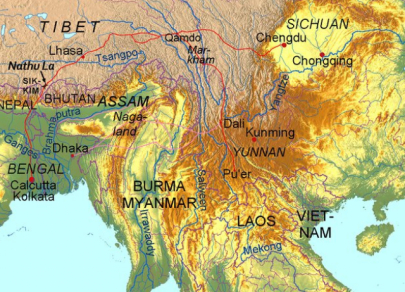
Salt Route
Salt has long been used in many areas of human life, so the routes on which this vital product was transported were so important. The Salt Route started at Porta Salaria, the gate of the Aurelian wall, and led through the interior regions of Central Italy to the Trout camp on the Adriatic coast providing Rome with a monopoly on salt and being one of the city's prosperity sources.
A special feature of the Salt Route is the ancient underground burials located along the way, the Christian catacombs.

Tin Route
Tin refers to the seven oldest metals known to human civilization. Becoming an important part of the bronze alloy it acquired great importance in the second half of the 2nd millennium BC. The Trans-Eurasian Tin Route, which ran to the west by two directions, was used to transport tin ore from the deposits of modern Kazakhstan and Altai to the west, to the Derbedenovsky (Middle Volga, Urals) and Loboykovo (Middle Dnieper, Podontsov) metal working sites.
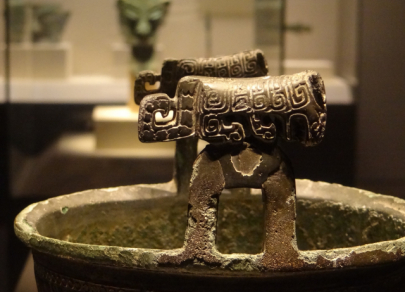
Trans-Saharan Trade Route
The Trans-Saharan trade route crossed the desert from the south to the north along several routes: trading of ivory, gold, precious stones and slaves was carried out between the countries of North Africa, Carthage and Ancient Rome.
The main caravan trade routes, through which valuable goods arrived to the Middle East and Europe, moved several times to the east. With the fall of medieval Mali, the depletion of local gold mines, the formation of a large Songhai trade state, Trans-Saharan trading gradually fell in decay until the creation of sea lanes between the coast of West Africa and Europe put an end to it.






















